This is a continuation of a series of posts on the Sony a7RIII. You should be able to find all the posts about that camera in the Category List on the right sidebar, below the Articles widget. There’s a drop-down menu there that you can use to get to all the posts in this series. You can also click on the “a7RIII” link in the “You are here” line at the top of this post.
I’ve reported several times in this series of posts on the a7RIII about the digital spatial filtering that takes place at exposures of 4 seconds and longer. Among astronomical photographers, that is known as “star-eater” processing. Yesterday I reported how the processing affected an artificial star. For that post, I let Lightroom demosaic and process the images. Today I’m going to give you a less-varnished version and show you the undemosaiced raw images. It is usual to white-balance the four raw color planes when showing these images, but in the case of the artificial star images, that is unnecessary. Because I don’t want to do unnecessary processing, I’m leaving that step out.
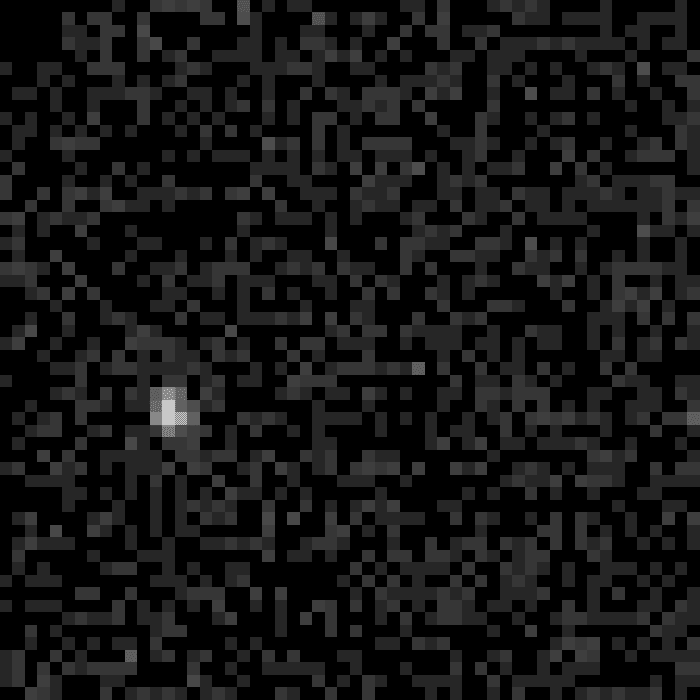

All the crops that I’ll show you have the same extent in the camera’s frame, so the RGGB Bayer pattern does not move from image to image. Unfortunately, the artificial star does, as I jostled the camera when changing the shutter speed or moving it along the focusing rail.
In the four-second exposure of the above pair, the blue pixel that was quite bright in the 3.2-second exposure has been suppressed by the star-eating processing, appearing as a hole in the middle of a constellation of four green pixels.
Here’s another pair:
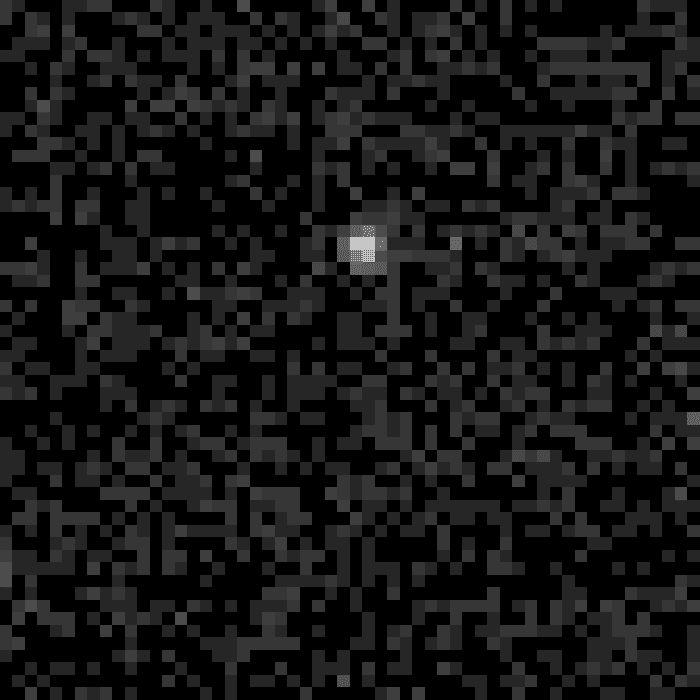
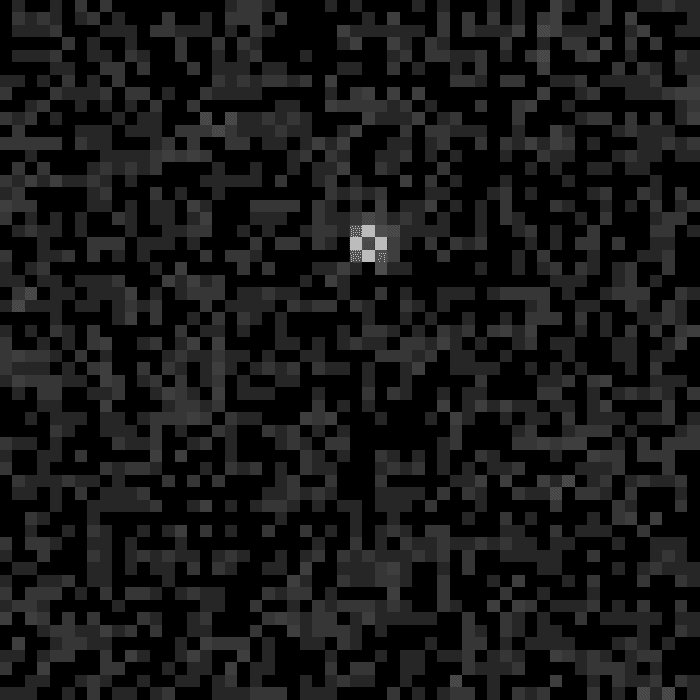
The same kind of thing happens.
One last pair:
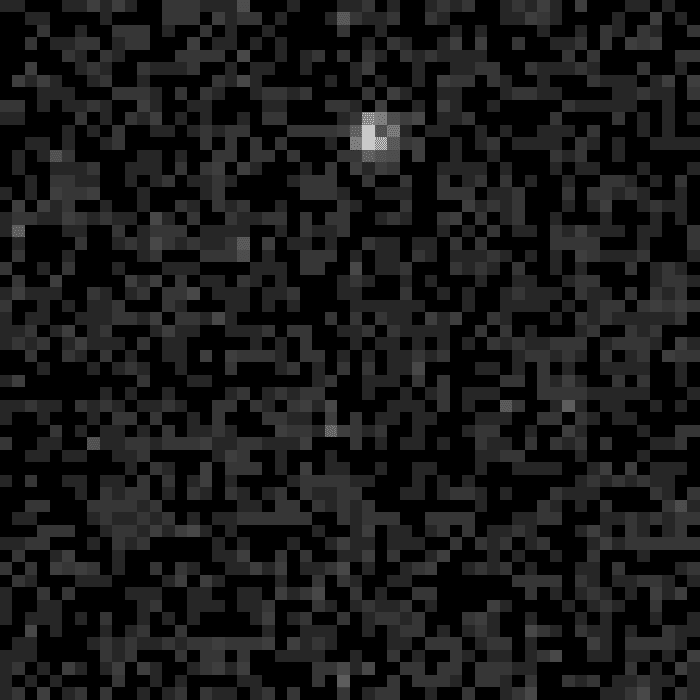
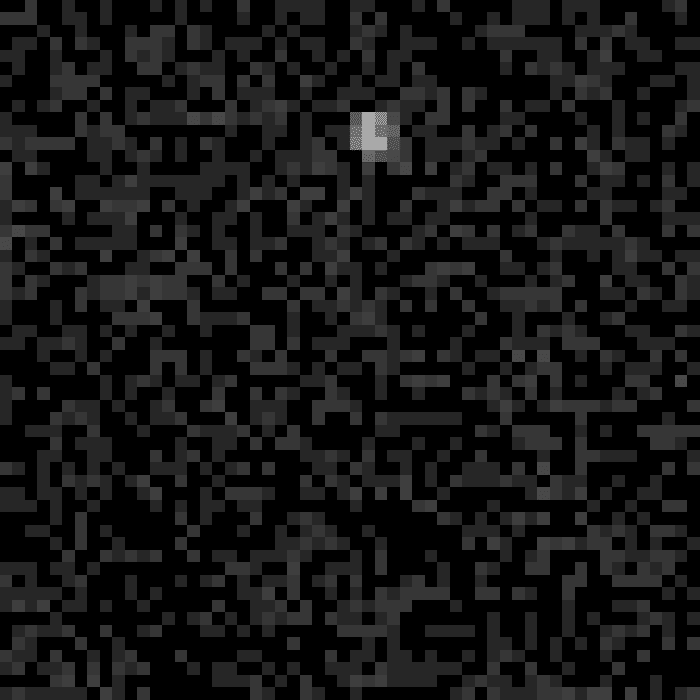
In this case, we just see a broadening and diminution of intensity of the artificial star image, and no hole in the middle.
Thanks for demonstrating this so clearly, Jim. As I just commented elsewhere, the disappointing thing for me about Sony’s approach here is not just the loss of the smaller and/or fainter stars, its the leaving behind of unrealistic detritus that shouldn’t be there. I’d never quite realised the source of that until these last two posts of yours. Hopefully with evidence like this we can persuade them to either give us an on/off option, or to implement a more sophisticated approach such as that which is used by Nikon with the same sensor.
It’s clear from the demosaiced examples in the preceding post that this processing can cause big color shifts, usually towards green.
Excellent experiment – with results I would have predicted. My guess is that in the third example, the brightest pixel was a green one. If so, it supports the argument that the green channel is treated differently.
I’m not convinced that the star has broadened if by that you mean it has spread. It’s just been attenuated.
As to broadening: at 3.2 seconds we had one bright pixel and one runner-up. At 4 seconds we have four pixels of nearly the same intensity.